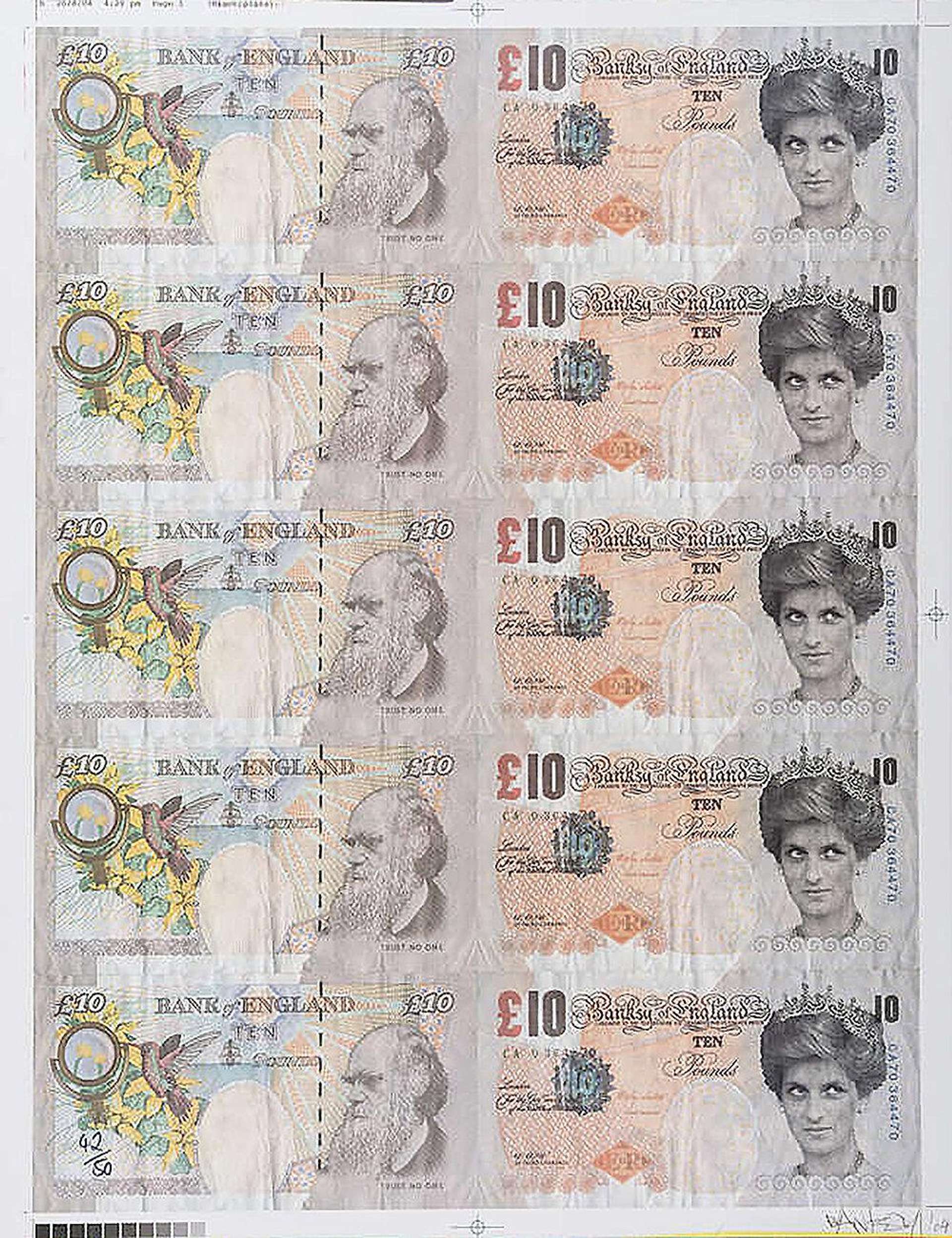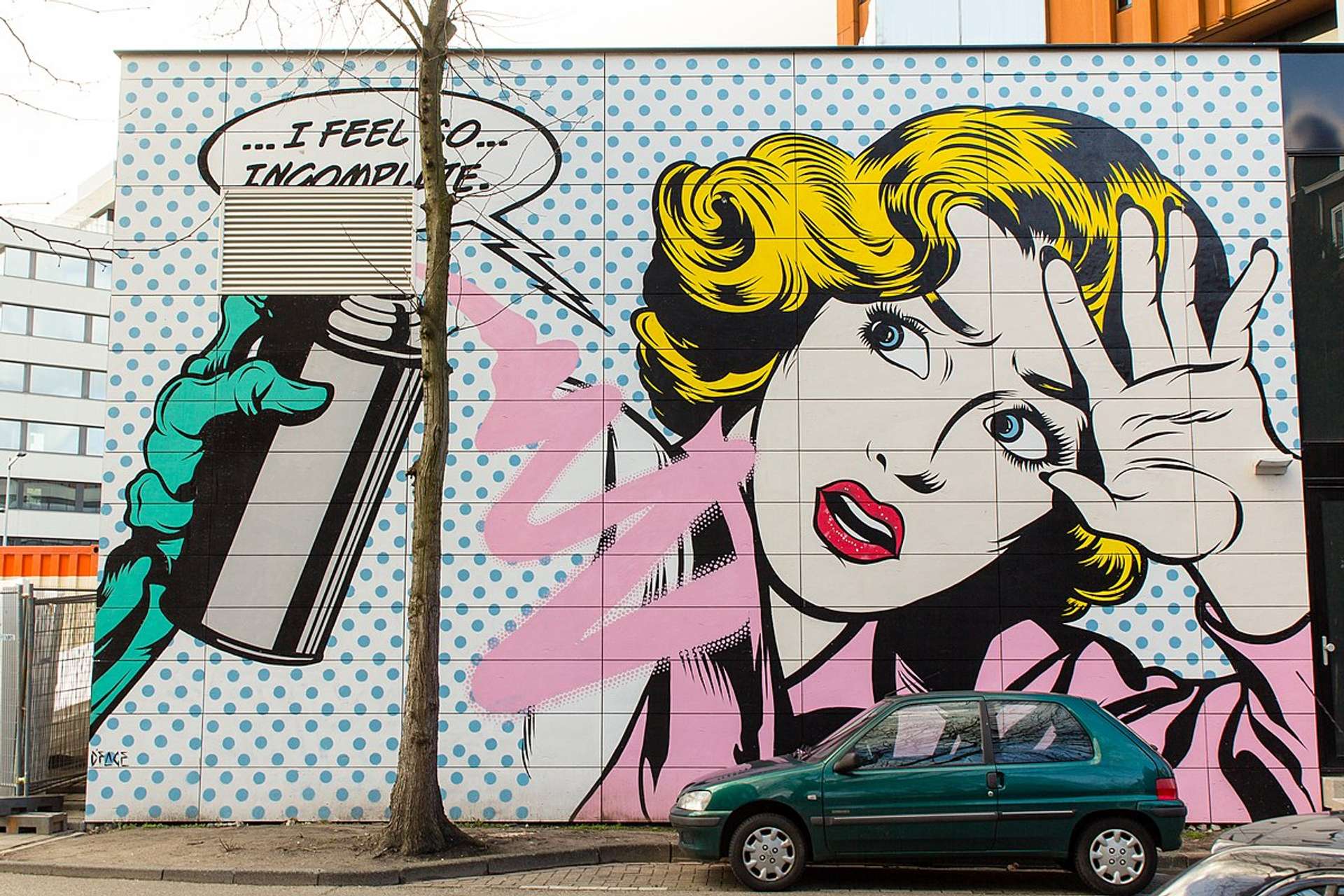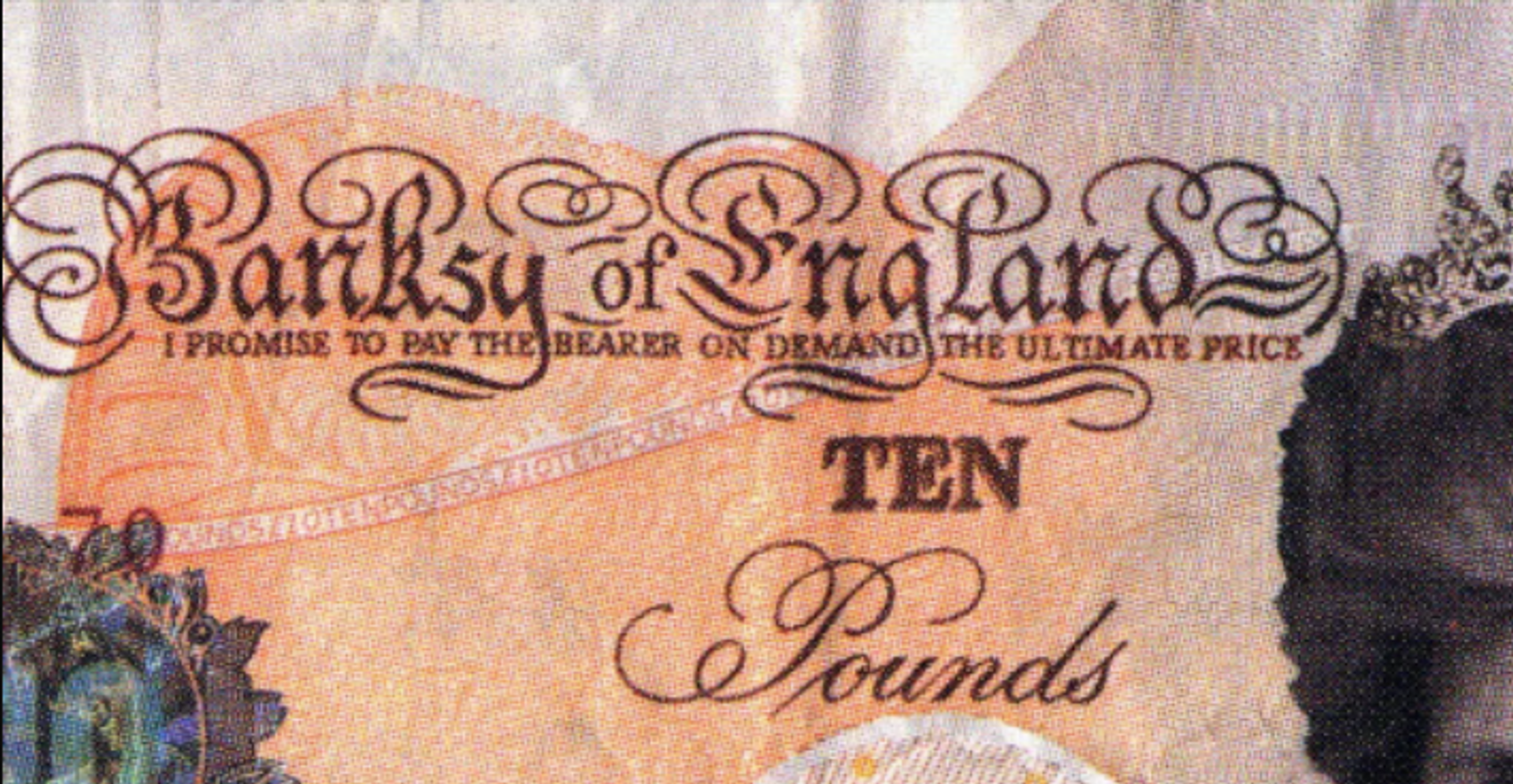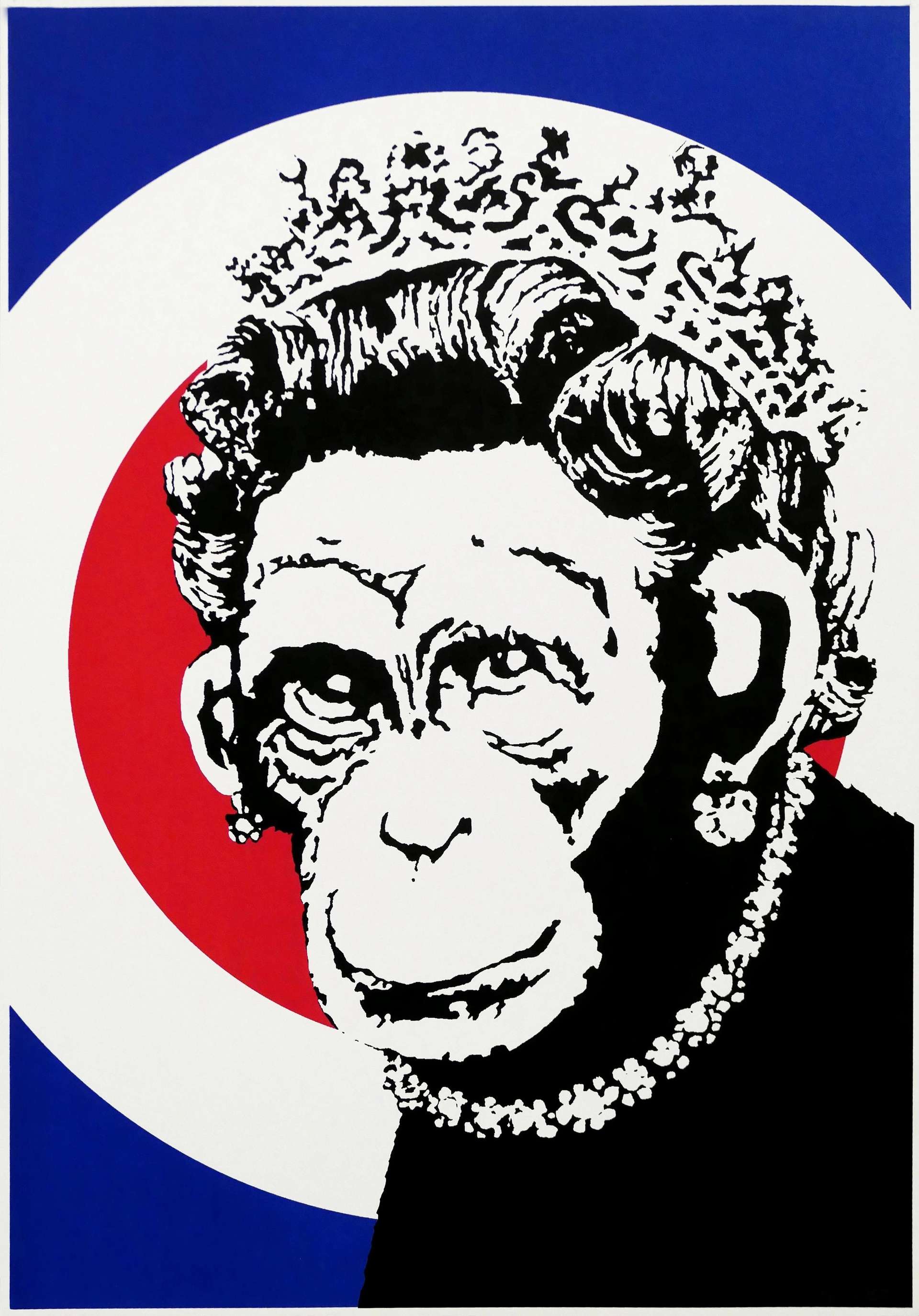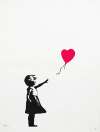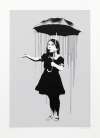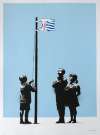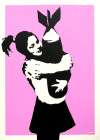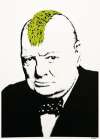Di
Faced Tenners
In 2004, Banksy released a counterfeit currency bearing the face of Princess Diana into crowds at public events. The stunt highlighted the media’s obsessive relation to Royal wealth and spectacle, particularly in relation to Princess Diana's tragic history. Two signed print editions with five notes each were later released.
Banksy Di Faced Tenners for sale
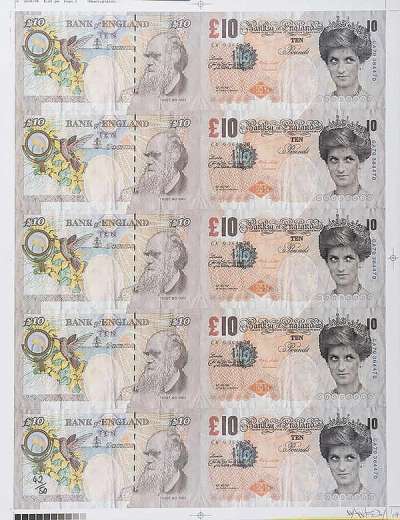
£40,000-£60,000Value Indicator
$80,000-$120,000 Value Indicator
$70,000-$100,000 Value Indicator
¥360,000-¥540,000 Value Indicator
€45,000-€70,000 Value Indicator
$390,000-$590,000 Value Indicator
¥7,610,000-¥11,420,000 Value Indicator
$50,000-$80,000 Value Indicator
TradingFloor
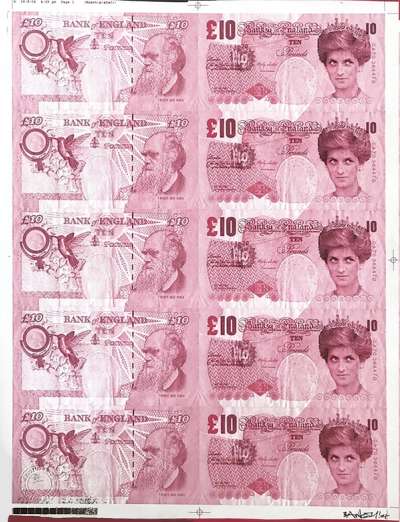
£50,000-£80,000Value Indicator
$100,000-$150,000 Value Indicator
$90,000-$140,000 Value Indicator
¥460,000-¥730,000 Value Indicator
€60,000-€90,000 Value Indicator
$490,000-$790,000 Value Indicator
¥9,540,000-¥15,260,000 Value Indicator
$60,000-$100,000 Value Indicator
TradingFloor
Sell Your Art
with Us
with Us
Join Our Network of Collectors. Buy, Sell and Track Demand
Meaning & Analysis
Banksy first produced Di-Faced Tenner, a screenprint of 5 £10 notes where Princess Diana’s portrait has replaced Queen Elizabeth’s, in 2004. The work was released in 50 unsigned and 50 signed editions, as well as 32 Artist's Proofs.
Legend has it that the notes were a collaboration between Banksy and a street art associate named D*Face. But here, ‘Di Faced’ is actually a pun on the word ‘defaced’ and refers to the fact that here Banksy has altered the familiar £10 note by replacing the portrait of Queen Elizabeth II with that of the late Princess Diana.
The piece can be seen as a comment on Diana’s estrangement from the royal family, her critique of the British royal institution, and the hounding by the press that ensued. Instead of ‘Bank of England’, the note reads, ‘Banksy of England’. Under the banner, an inscription reads, ‘I promise to pay the bearer on demand the ultimate price’, a reference to the fate of the late Princess, at the hands of the media.
The reverse side of the print remains mainly unchanged except for the motto ‘Trust No One’ written in the lower-right corner, beneath the portrait of Charles Darwin. The note is printed with inks on paper almost identical to that used on official UK-issued currency.
At least 100,000 Di Faced Tenners were printed by Banksy in August 2004 – in total £1,000,000 in fake currency. Banksy created them for a public art stunt which involved dropping a suitcase full of the fake tenners into the crowd at the Notting Hill Carnival and at the Reading Festival. Some of these counterfeit notes were used by festival-goers as actual currency.
Unlike American artist J.S. Boggs, who is famous for his hand-drawn depictions of notes, Banksy was never wanted for any counterfeiting charges. A suitcase with Di Faced Tenners was also exhibited at Santa’s Ghetto, a show held at Charing Cross Road in December 2004. In his film Exit Through the Gift Shop, Banksy explains how he forged around £100,000,000 of notes – nearly all of which are supposedly still in his possession.
